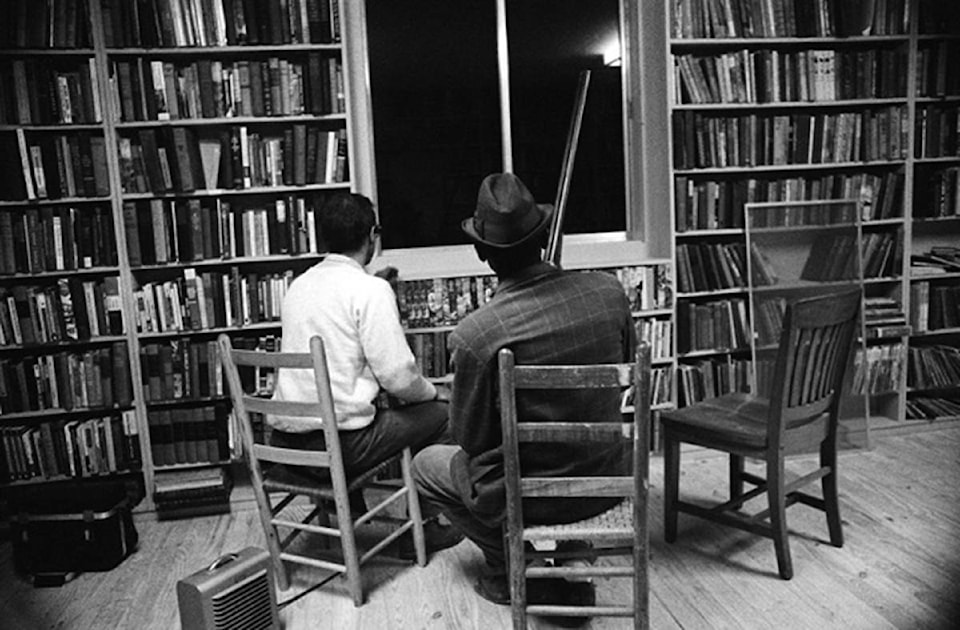Mike Selby
“I moved over to the bookshelves. I wanted to touch the books, but held back. Perhaps it is not permitted. Typed slips showed what each shelf held: novels, history, sociology, travel, Africana, political science, American Negro literature … I stopped there. American Negro literature.”
This was author Peter Abrahams first experience at a library. The first book he reached for and opened was The Souls of Black Folk by W.E.B. Du Bois. Skimming a page his brain swirled with memories as he read the phrase “the Negro is not free.” He thought about the “whites only” signs he saw his entire life. “I remember the long walks in the white sections of the city, and the lavatories, and the park benches … I remember spittle on my face.”
Access to Du Bois’ work caused Abrahams to have a life-altering epiphany: “‘The Negro is not Free.’ But why I had not thought of it myself? Now having read the words, I knew that I had known this all along. But until now I had had no words to voice that knowledge.” As he read Du Bois’ most famous line — “The problem of the Twentieth Century is the problem of the colour-line,” Abrahams knew something had changed within. “Du Bois had given me a key to the understanding of my world.”
The impact of this is slightly heightened when one knows this was written before the Civil Rights Movement, in London, by a South African who had never set foot on American soil. Abrahams — exiled from his country during apartheid — had the above experience in Johannesburg’s Bantu Men’s Social Centre. The first of its kind opened to “Blacks,” it consisted of one bookshelf holding two-hundred books. The majority of these were by African American authors, many stemming from the Harlem Renaissance period.
Other titles Abrahams would have had access to were Up from Slavery by Booker T. Washington, Not without Laughter by James Langston Hughes, The Autobiography of an Ex-colored Man by James Weldon Johnson, and Color by Countee Cullen. “To them I owe a great debt,” Abrahams would later write. “For showing me the long dream was attainable.”
A Freedom Library in every sense, it made — at least one reader — feel like he belonged among the African Americans discussed in this book. Why he felt so is obvious:
Human dignity recognizes itself in others.
The Bantu Men’s Social Centre’s collection was part of library services provided to Black South Africans—the “Non-Europeans” — by the Carnegie Corporation of New York during the 1920s and ‘30s. While it may seem odd to provide the titles mentioned in the collection to a target audience that not only had limited experience with books and reading, but also knew English only as a second language. Yet these titles were the most popular and requested ones. As Librarian for the Carnegie Library Service for Non-Europeans, playwright Herbert Dhlomo helped select these titles, knowing from his own work that books by African Americans helped inspire and encourage Black Africans.
The Centre itself was absorbed into the Johannesburg Public Library in 1940 as one of its segregated branches. (Segregated library service remained in South Africa until 1990.)
